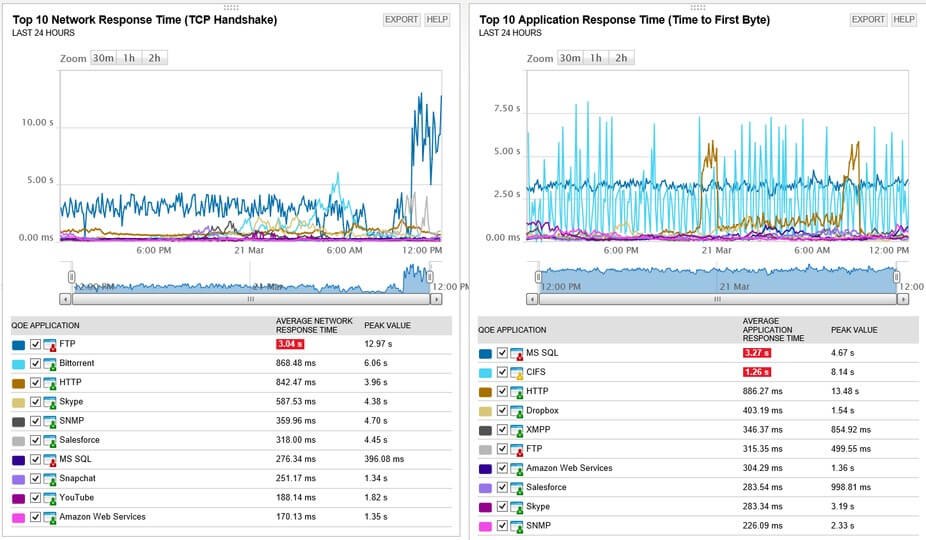

Whilst our goal is to control programs on another machine by using a VBscript, let us begin with a script which simply lists the processes.

Example 1 – List the Processes Running on the Computer In this instance, we could click on the Processes tab to view all the running programs. Incidentally, the screen shot on the right reminds us that VBScript automates steps that you could walk through manually. An example of this link is Applications shows Microsoft FrontPage and the corresponding process is frontpg.exe One way to investigate the names would be to Launch Task Manager, select the Application tab, right-click the program and then choose, Go to Process. Scenario – Why you would want to List a Process?īefore creating a script, which will stop the process, you need to research the precise name of the corresponding program. Starting a Service (as opposed to a process) – See this page.Win32_Process Tutorial – Learning Points.Example – List the Processes Running on the Computer.Scenario – Why you would want to List Processes?.The benefit of beginning with just listing the processes is that you can learn the WMI methods without the risk of killing the wrong program. The benefit of beginning with this page, which just lists the processes, is that you can learn the WMI methods without the risk of killing the wrong program.

The sequence is: list, stop and finally start (restart) the process.Įven if your mission is to start or stop a process, the logical place to begin is with listing the processes running on a computer. This page is the foundation for a trilogy of Process pages.


 0 kommentar(er)
0 kommentar(er)
